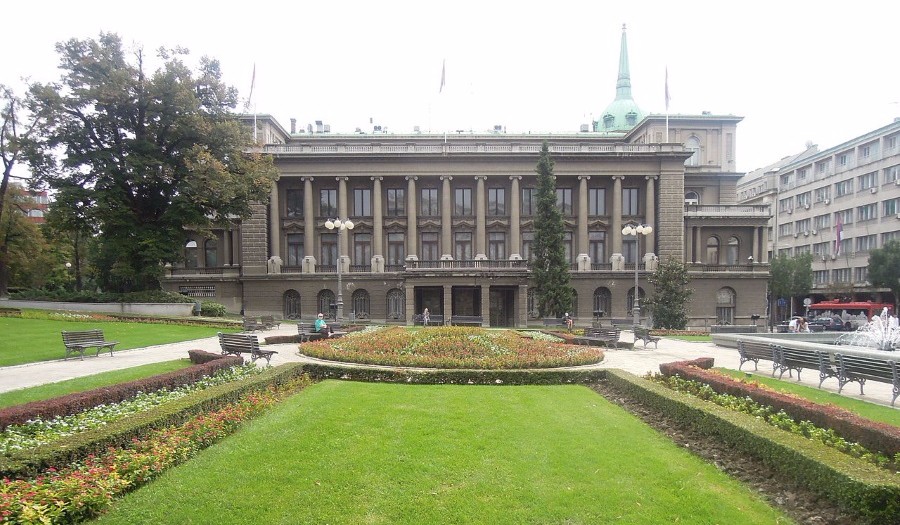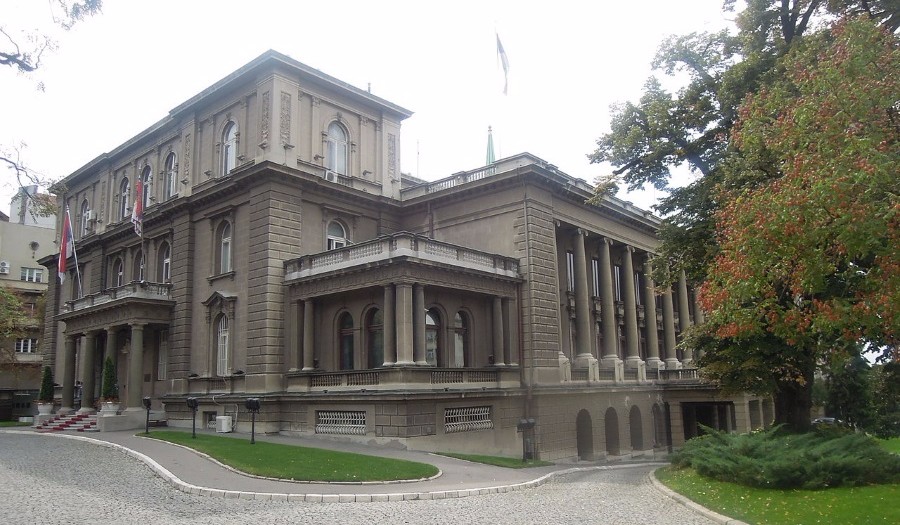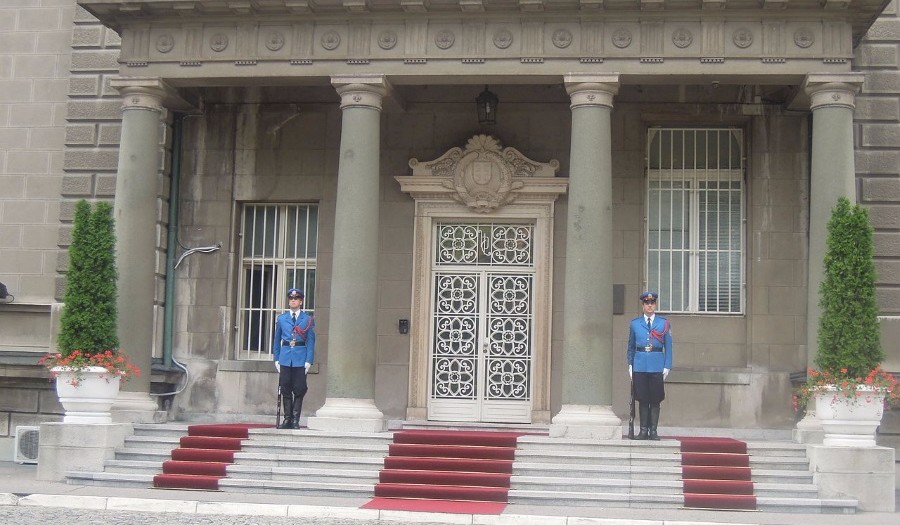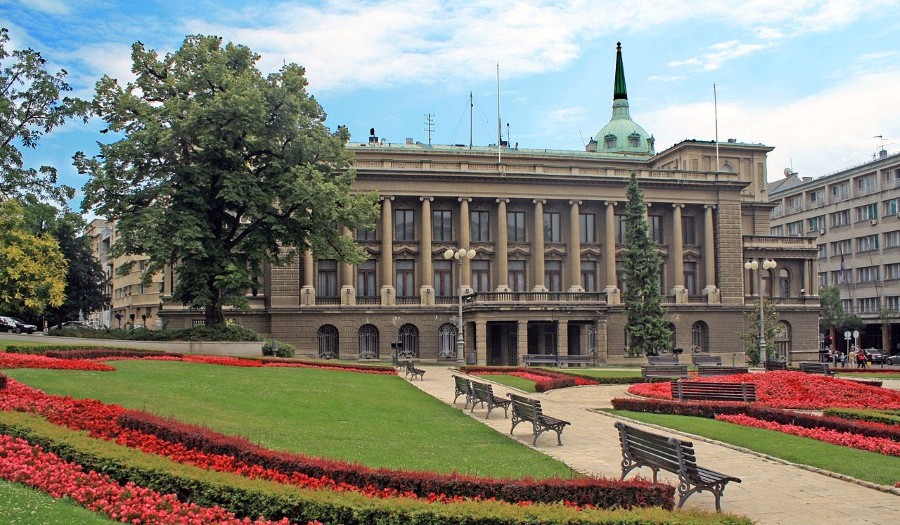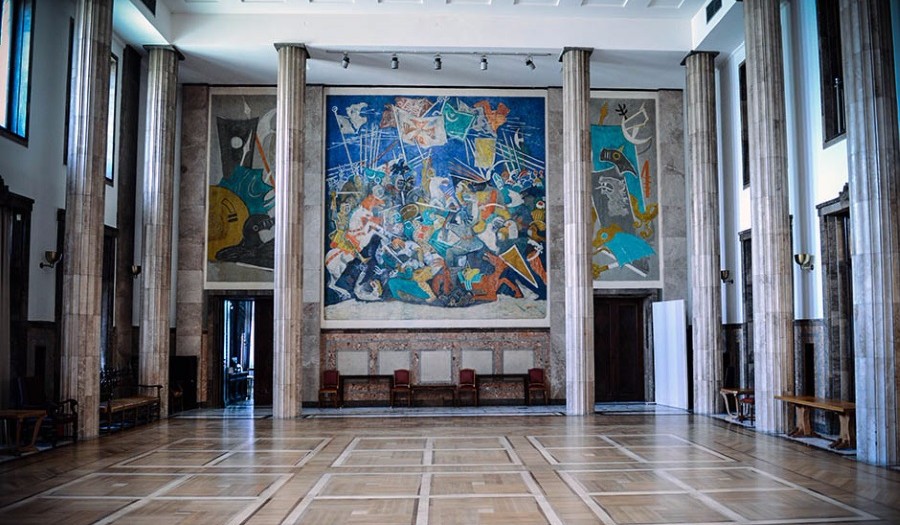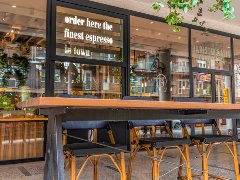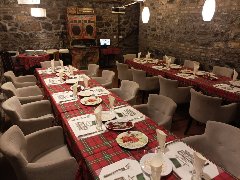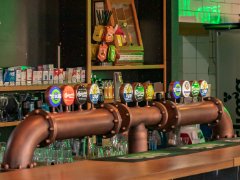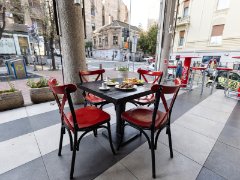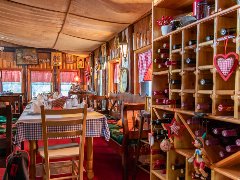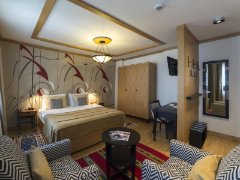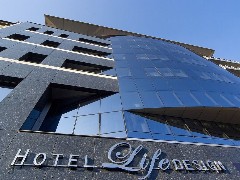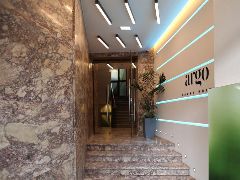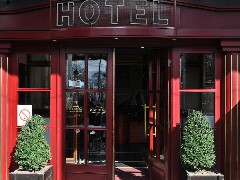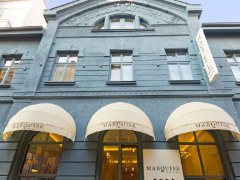The New Palace was built in a period from 1911 to 1922 as a royal residence of the Karadjordjevic dynasty. Laid out as an architectural counterpart of the Old Palace, the new royal residence historically supported the earlier concept of a palace complex. The three store building was designed in the style of academism with elements of Renaissance and Baroque architecture.
The building has a cellar, ground floor and two upper floors, with a powerful dome on the corner of the two streets. The street facades are severe and serene, while the main facade, turned towards the garden, is more dynamic and open. The palace was damaged during the bombing of Belgrade in World War I, before the building was actually completed. In 1918 it was repaired, finished and extended. The interior was decorated and equipped in the following two years.
Construction was delayed, first by the Balkan War, then by the World War I. The building whose constuction started for King Petar I was not completed until 1922. Since King Petar I died in 1921, it was his son King Aleksandar I who was the first tenant, from 1922. The New Palace was the official residence of King Aleksandar until his assassination in Marseilles in 1934.
Afterwards, the palace was adapted into the Museum of Prince Pavle. The second reconstruction was done in 1952. The Palace was extended towards the Old Palace and got new facades, new entrance and the ceremonial hall. Presently, it houses the Presidency of the Republic of Serbia.
The New Palace was built in a period from 1911 to 1922 as a royal residence of the Karadjordjevic dynasty. Laid out as an architectural counterpart of the Old Palace, the new royal residence historically supported the earlier concept of a palace complex. The three store building was designed in the style of academism with elements of Renaissance and Baroque architecture.
The building has a cellar, ground floor and two upper floors, with a powerful dome on the corner of the two streets. The street facades are severe and serene, while the main facade, turned towards the garden, is more dynamic and open. The palace was damaged during the bombing of Belgrade in World War I, before the building was actually completed. In 1918 it was repaired, finished and extended. The interior was decorated and equipped in the following two years.
Construction was delayed, first by the Balkan War, then by the World War I. The building whose constuction started for King Petar I was not completed until 1922. Since King Petar I died in 1921, it was his son King Aleksandar I who was the first tenant, from 1922. The New Palace was the official residence of King Aleksandar until his assassination in Marseilles in 1934.
Afterwards, the palace was adapted into the Museum of Prince Pavle. The second reconstruction was done in 1952. The Palace was extended towards the Old Palace and got new facades, new entrance and the ceremonial hall. Presently, it houses the Presidency of the Republic of Serbia.
